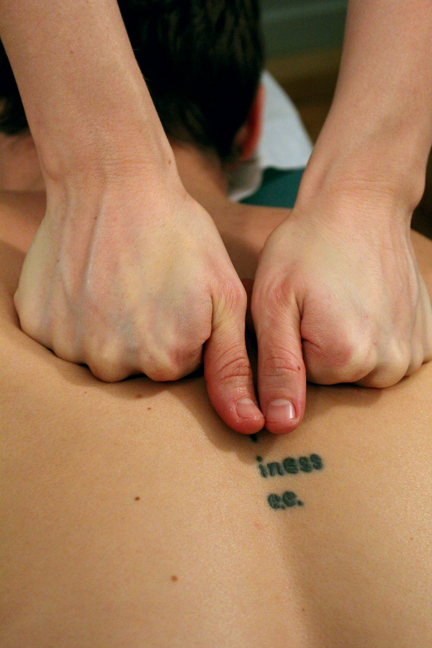 Does a Herniated Disc Actually Cause Low Back Pain?
Does a Herniated Disc Actually Cause Low Back Pain?
In one famous study, MRIs were performed on subjects who did not have back pain. 52% of the subjects had at least one bulging disc or other MRI abnormality for which surgery is often recommended. Unfortunately, surgery has not been proven to be anymore effective than less invasive techniques. So before you go running to your general practitioner of back pain, seek out a specialist (not a surgeon), and ask their opinion. That said, I would be more than happy to help you or your loved ones find a course of action that gets you out of pain. That includes people who have chronic on and off back pain or tension. When left untreated, it progressively worsens, until you might actually have a major issue on your hands.
Can You Diagnose the Cause of Pain from an MRI?
Definitely not. In a study of pain free hockey players, 70% were found to have abnormal pelvis or hip MRIs, and 54% had labral tears. So much for the idea that a torn ligament is definitely the cause of pain. In other studies, active baseball pitchers and overhead athletes consistently demonstrate very large percentages (over 70%) of torn labrums and rotator cuffs. 1/3 of people over the age of 40 have rotator cuff tears, but their shoulders are pain free with full shoulder function. MRIs on asymptomatic knees show that 34% have tears of the meniscus. 47% of professional pain free basketball players show articular cartilage lesions in their knees. These are all issues for which surgery is sometimes recommended.
If not an MRI, then what?
Pain is oftentimes caused by a musculoskeletal dysfunction (decreased or increased mobility in an area or weakness in a muscle or muscle group). It is also possible to experience visceral referred pain (an organ is imbalanced or diseased), psychosomatic pain (psychological or emotional related), and pain from a food sensitivity (usually achy and felt in the joint).
If you are experiencing pain anywhere in the body, please contact me. Manual soft tissue techniques that I use to increase mobility and lengthen short areas, are some of the most effective treatments for pain and tension because the change is lasting. Pain is an indication that something is out of balance in your body; it is not something to ignore. I do also test whether or not I can help you or if you need a referral to another specialist who’s more suited in treating the specific pain you’re experiencing.




Follow